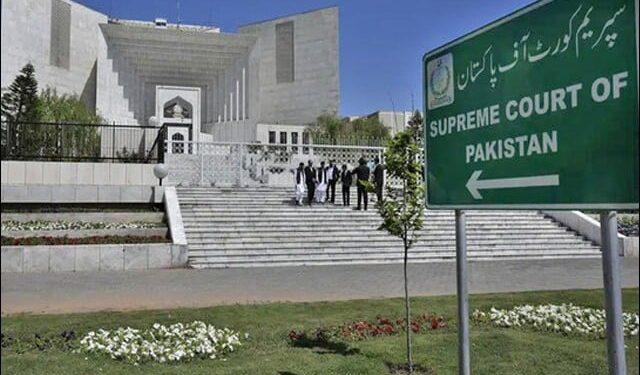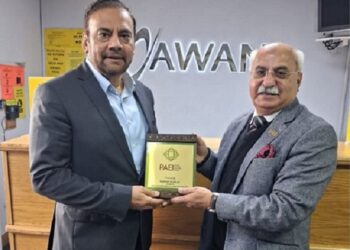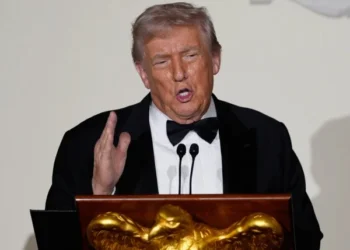Introduction: A Crucial Step to Uphold Justice
The Supreme Court of Pakistan has issued a landmark verdict that is likely to reshape how the media interacts with criminal justice proceedings, especially in high-profile cases. In a judgment delivered by a three-member bench led by Justice Athar Minallah, the apex court declared that confessional statements recorded by the media of an accused in police custody are inadmissible in court, unless the statements are formally recorded in front of a magistrate.
The decision came during the hearing of a high-profile child murder case in Karachi, where the accused had been sentenced to death by a trial court, and the Sindh High Court had upheld the verdict primarily based on circumstantial evidence and a televised confession.
This ruling is expected to set a precedent and trigger reforms in how confessions, media coverage, and trial proceedings are handled in Pakistan’s justice system.
Background of the Case: Media Confession Leads to Death Sentence
The case that led to this ruling involved a man accused of murdering a minor in Karachi. The trial court had sentenced the accused to death, and the verdict was upheld by the High Court. A significant part of the evidence against the accused was a confession aired on a private TV channel, recorded during the accused’s physical remand while in police custody.
However, upon reaching the Supreme Court, serious questions were raised regarding the legality and ethical standing of this televised confession. The apex court observed that the statement had not been given in the presence of a magistrate, and its broadcast raised severe concerns about due process and the right to a fair trial.
Key Points of the Supreme Court Ruling
The Supreme Court’s judgment focused on several critical aspects that not only apply to this specific case but also address larger systemic issues in Pakistan’s criminal justice and media landscape:
1. Confessional Statements Must Be Recorded Before a Magistrate
The court made it clear that only those confessions recorded before a magistrate are admissible as evidence. Any confession made to the media while in police custody lacks legal credibility and cannot be used to convict an accused.
2. Police Access to Journalists Under Scrutiny
The ruling condemned the role of the police officials, particularly the investigating officer and the in-charge of the relevant police station, who had allowed the journalist to interview the accused. The court found it deeply concerning that law enforcement would facilitate such actions, compromising the integrity of the investigation.
3. Media Trials Violate the Right to a Fair Trial
The court warned against the growing culture of media trials, especially in high-profile criminal cases. It noted that when the media presents a suspect as guilty before a court verdict, it destroys the presumption of innocence and may influence judicial proceedings.
4. Edited and Sensationalized Content Causes Irreparable Damage
An edited version of the accused’s statement was broadcast by the TV channel, which raised the concern of selective narrative-building. The court emphasized that such practices can cause irreparable harm to the accused and their families, tarnishing their reputation even before a court ruling is delivered.
Media Ethics and Responsibility in Crime Reporting
The Supreme Court strongly reiterated the importance of ethical journalism, especially when reporting on ongoing criminal investigations. It acknowledged the immense influence the media holds and how that influence can be either constructive or destructive.
▪ The Power of the Media to Shape Narratives
The judgment stated,
“The media has the unique power to make someone a hero or a villain, intentionally or unintentionally.”
This is particularly dangerous in countries where media freedom is compromised, and editorial independence is influenced by political or commercial interests.
▪ Balancing Public Interest and Due Process
While acknowledging the public’s right to know, the court emphasized that this must be balanced against the fundamental rights of the accused, particularly the right to a fair trial as guaranteed under Article 10-A of the Constitution.
The Impact of Media Trials on Justice Delivery
The court expressed concern that media trials can lead to miscarriage of justice, not only for the accused but also for victims and their families. Media-generated pressure can influence prosecutors, judges, and even public opinion, leading to hasty or biased decisions.
The judgment further noted that in some cases, law enforcement agencies may facilitate media interviews to deflect public pressure or portray quick progress, even when proper investigative procedures have not been followed.
Court’s Directive for Institutional Reforms
In a significant move, the Supreme Court directed the court office to send copies of the verdict to the following stakeholders for immediate action:
- Secretary, Ministry of Interior
- Secretary, Ministry of Information and Broadcasting
- Chairman, Pakistan Electronic Media Regulatory Authority (PEMRA)
- All Provincial Chief Secretaries
The goal is to ensure that all necessary steps are taken to:
- Prevent unauthorized media access to detained individuals.
- Protect the integrity of the investigation process.
- Ensure that the rights of both accused and victims are safeguarded.
Legal Experts React: A Necessary Precedent
Legal experts and human rights advocates have welcomed the decision. According to Asma Jahangir Legal Aid Cell, this ruling reaffirms the constitutional guarantee that “every accused is presumed innocent until proven guilty.”
Barrister Shahzaib Yousaf, a criminal law expert, noted:
“This decision is vital to restore balance between justice and journalism. Media houses must respect boundaries when it comes to ongoing investigations.”
Media Regulatory Reform: The Role of PEMRA
The court’s directive also underscores the responsibility of PEMRA (Pakistan Electronic Media Regulatory Authority) to implement stricter guidelines on:
- Airing of confessions.
- Coverage of ongoing criminal trials.
- Establishing penalties for unauthorized or unethical interviews.
PEMRA is now expected to collaborate with media houses and law enforcement to develop a framework that ensures responsible journalism, while protecting due process.
Conclusion: Justice, Ethics, and Accountability Must Coexist
The Supreme Court’s decision is a powerful reaffirmation of legal principles and press ethics. While freedom of the press is essential in a democracy, it must be exercised with responsibility and within legal boundaries, especially in matters involving human liberty and justice.
The ruling not only acquitted the accused in this case due to the inadmissibility of the televised confession but also laid the groundwork for long-term institutional and media reform. As Pakistan continues to evolve its criminal justice system, such decisions serve as guiding lights for ensuring fairness, transparency, and human dignity.

























